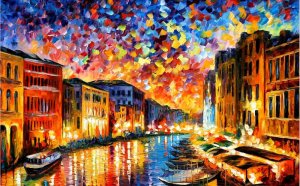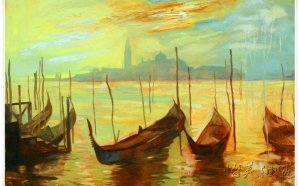Italy oil Paintings
Share this Post
Related posts
Oil Paintings Italy
DECEMBER 14, 2025
The oil painting technique was to become dominant in the 15th and 16th centuries, it has remained as the artists favorite…
Read MoreItalian oil Paintings
DECEMBER 14, 2025
Fresco painting has been around for a very long time, examples of fresco painting techniques date back to at least 1500 BC…
Read More





